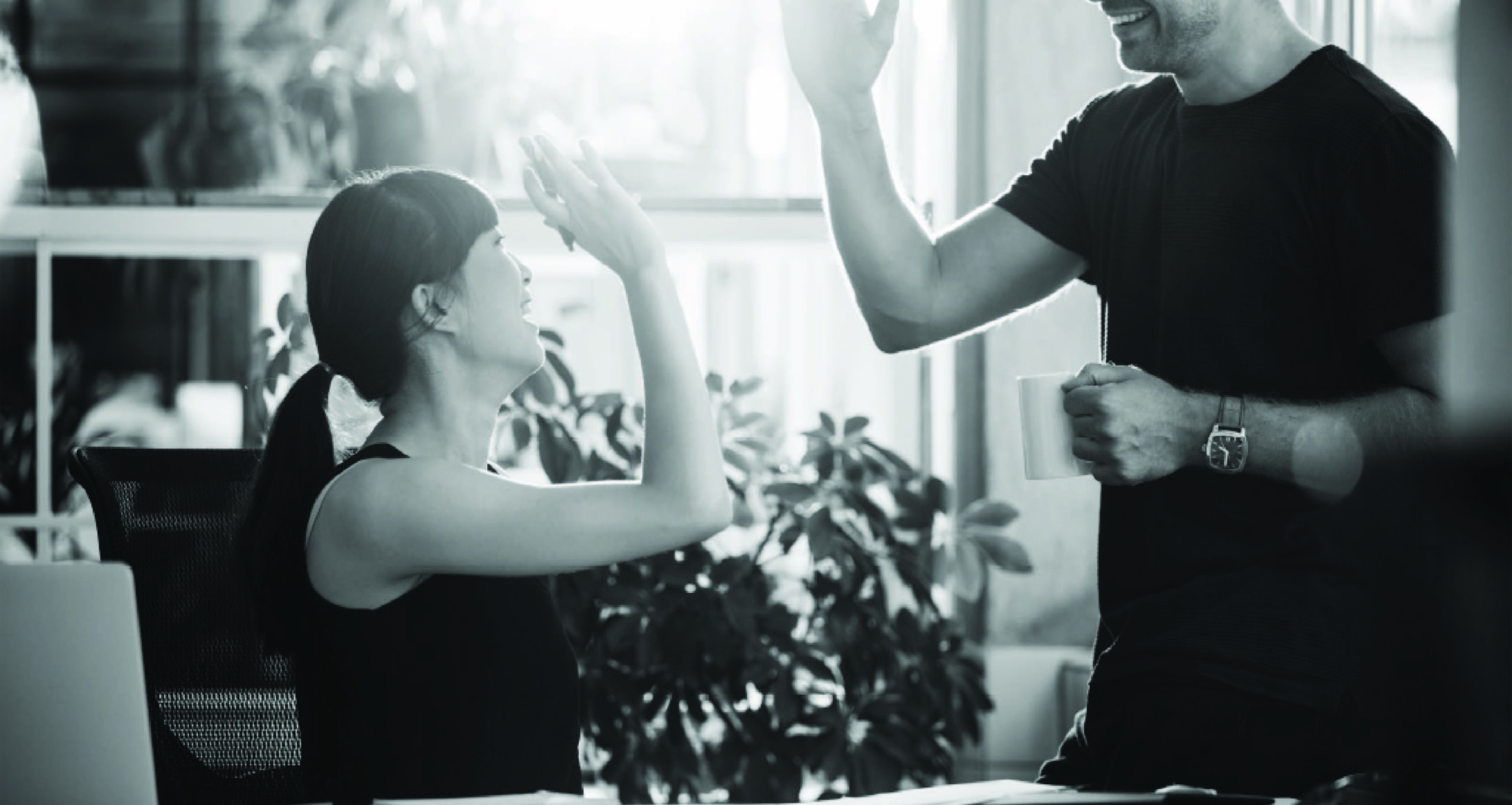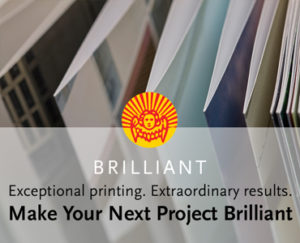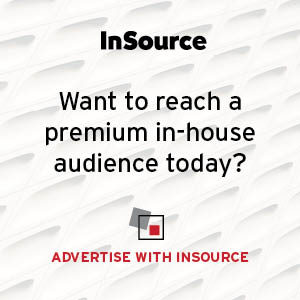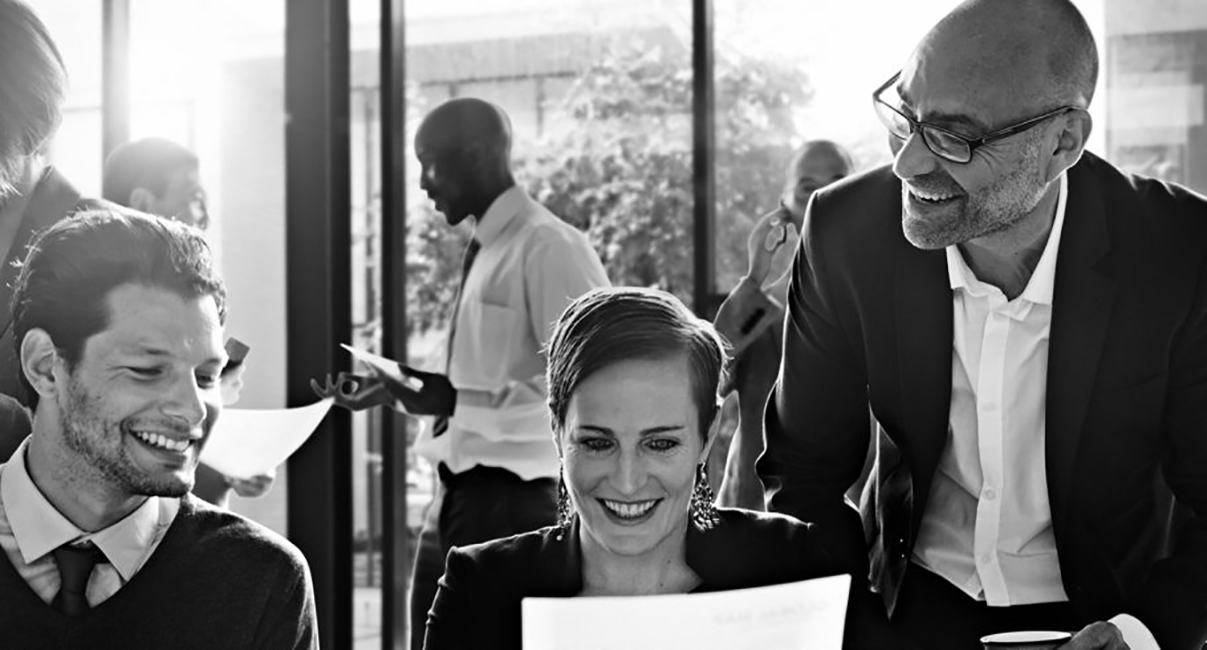As I mentioned last month, it’s hard to believe I’ve been at this for 25 years. Few people in my network of friends and colleagues have stuck with the same career for so long. Many of my peers who I graduated with from SVA gave up on design a long time ago for something else completely. As I started to wonder why they left this career (because it certainly wasn’t a lack of talent) I started to reflect on what the field looked like back when I started.
When I was just starting out, the thought of a designer going in-house was almost unheard of. We were educated to believe that the best work was being done by ad agencies and design studios, and your best bet starting out was to get a freelance gig starting at the bottom and proving yourself to move up to the juicy client work. Then eventually, you go out and build your own book of business until you had a full-blown agency/studio of your own. So that’s what I did…at first.
The freelance lifestyle
I hustled as much as I could to get my own (small) freelance clients, while also freelancing for a couple of small studios in New York City. The pay was low ($12 – $15 per hour), and little of the work was going to make it into my portfolio since it was the-low-man-on-the-totem-pole production design. But that was OK for me at the time because the hours were good, and the studio owners were teaching me a lot about the business.
I was an onsite freelance designer at three different companies at the same time. I had three different rates, kept a timesheet and project log, and submitted a weekly invoice directly to my boss(es) to be paid. There were no client meetings. No division meetings. No company all-hands meetings. No responsibilities other than the project load on my plate. I felt like I was living the young professional’s dream at 26 years old. I went out and bought myself a beeper! (Google it if you’re too young to remember those.)
But after about a year I got restless creatively and also wanted to make more money. I was ready for better work. Work that I would be really proud of that stretched my creative muscles. I received a call from a friend about a part-time freelance opening at fashion retailer Banana Republic, designing tee shirts and apparel graphics. It paid twice what I was making per hour at that time, I would be working in a department with other designers, and there was a good chance my designs would end up in stores.
The perma-lance job
The part-time freelance gig at Banana Republic eventually became a full-time freelance gig, escalating to 60 hours per week periodically as we approached crunch time for getting designs into the buyer’s hands. I started being invited to creative brainstorming meetings, then got sent out to handle internal clients on my own.
This was great! I was doing creative work, being paid really well, and I started to feel like I was part of the company. Like I belonged there. I didn’t really feel like a freelancer anymore. But I wasn’t an employee either. I was something else. I was a perma-lancer (“permanent freelancer”). This was in the days before laws were in place regarding what constitutes an “employee” by the way. But once those laws kicked in we were told that we would need to reduce the number of hours we worked and would need to leave altogether after a certain period of time to avoid classification as an employee (something the company didn’t want, and why they had us in the first place).
After 3.5 years of doing fun work, making friends, and making great money (for a designer at that time) I knew the end was coming. Which it eventually did, but not because of the employment laws. Banana had decided they were no longer going to be doing graphic tees and apparel. On that Friday, we were told not to come in on Monday.
Besides the potential for the gig to come to an end at any time, making it an unstable job, another downside to working as a freelancer is the lack of affordable benefits. As a freelancer, your hourly rate should account for the cost of living expenses, including insurance. And when you’re being paid a straight check without payroll deductions (taxes) being handled for you, you’re going to need to save at least 30% of everything you make to pay income taxes yourself. In other words, you’re living the 1099 life.
Full-time employee
But that all changed for me exactly one week later. Being the hustler that I am, I reached out to the Art Director of Gap brand’s creative department saying I was available. I had two days of interviews on the Monday and Tuesday I would normally have been at my desk at Banana Republic, and was offered a full-time job with GapKids, with a great salary (more than freelance paid) and benefits. This was the first time I ever got paid to take a vacation. Whoa!
But then I realized something… I was in-house now. In fact, I had been since starting at Banana Republic, or at least I considered myself to be in-house—that is I felt like I was part of the company. I felt like I was doing work that was strategically aligned with the business, and I felt like I had a vested interest in the health of the company.
With freelance, you don’t often feel like you have a vested interest in how well a company does. It’s a gig, just like any other gig. There will be other clients to do work for. You’re a hired gun, and you’ll be lucky/happy if they hire you again for another gig.
But feeling invested in something is different. You budget for projects differently (and if you own shares of the company, you treat department money like it’s your own). You approach creative challenges differently (more strategically). You become embedded in the brand and begin to have a history with it.
Was that such a bad thing after all?
Now to be fair, I’ve never been a full-time employee at an agency or design studio. I’ve heard that it’s no more stable then onsite freelancing. So I’d like to hear your thoughts on the differences in the comments below.




